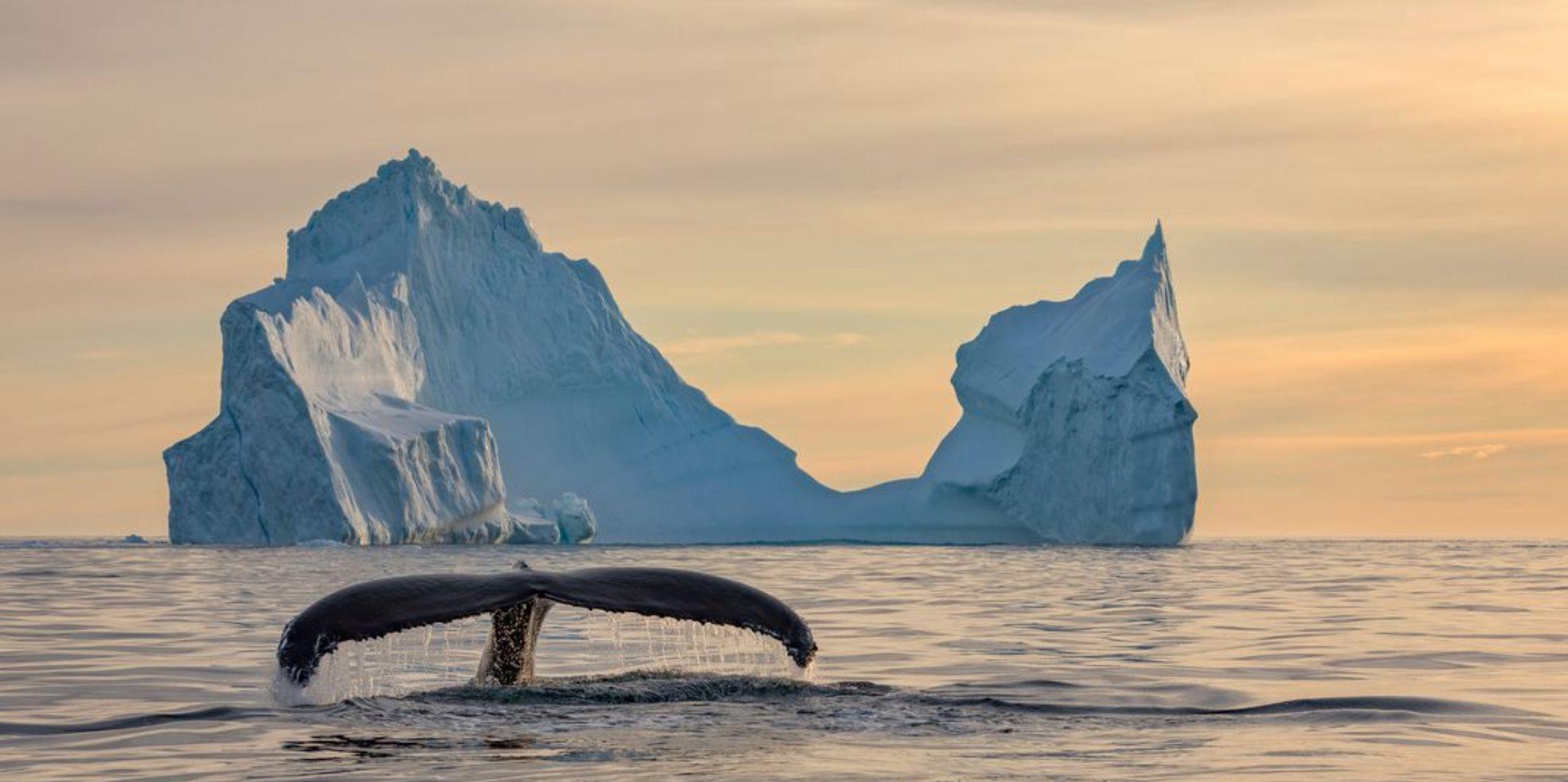


The official page of Smithsonian magazine
197 people like this
0 Posts
0 Photos
0 Videos



